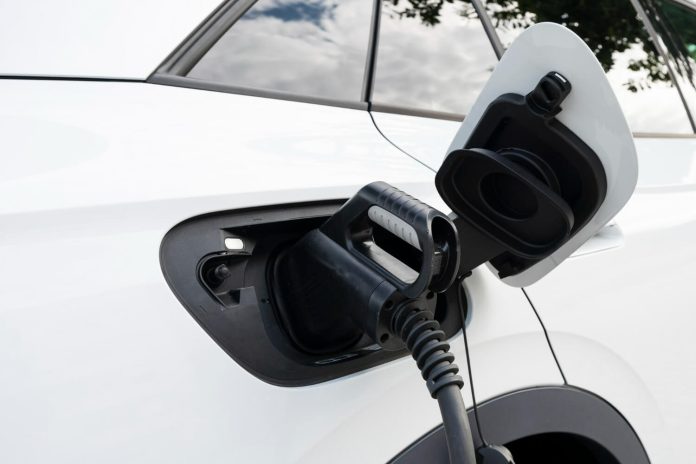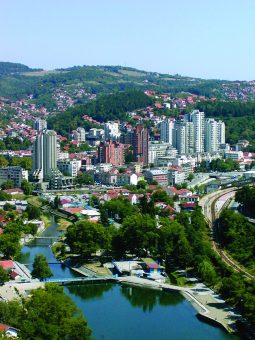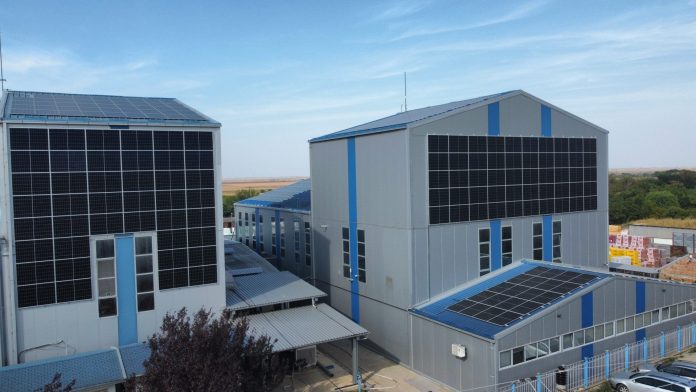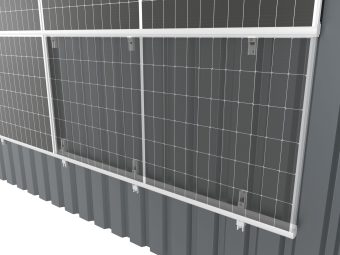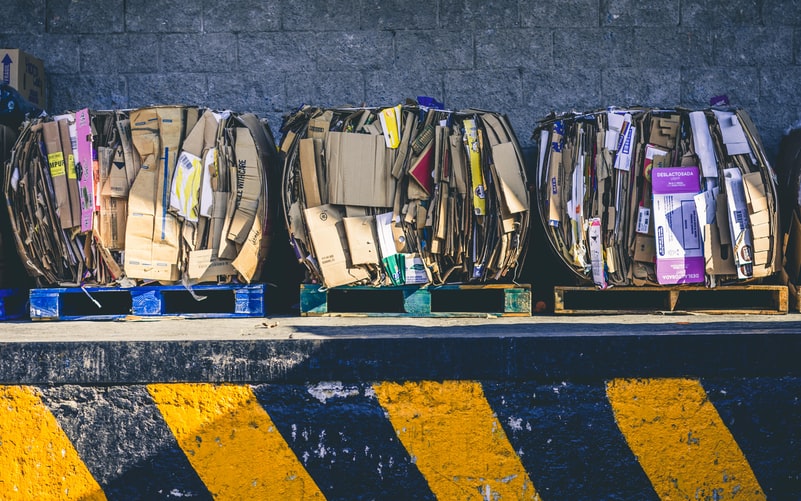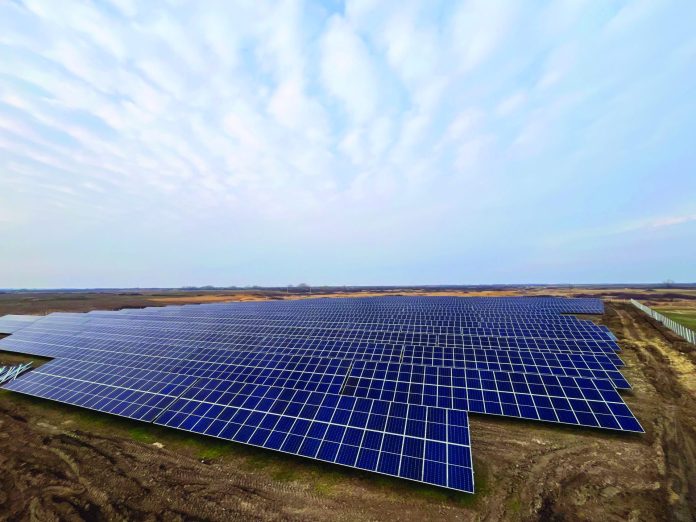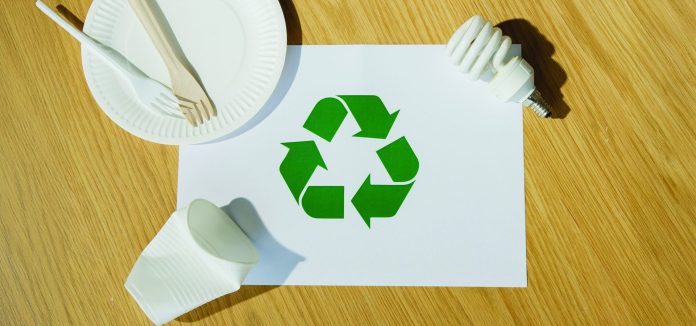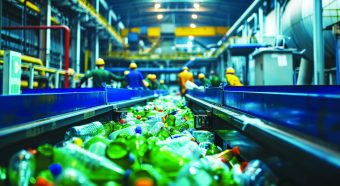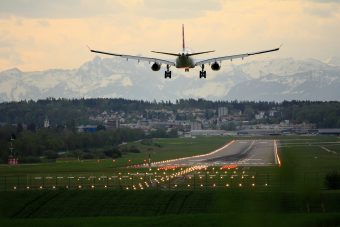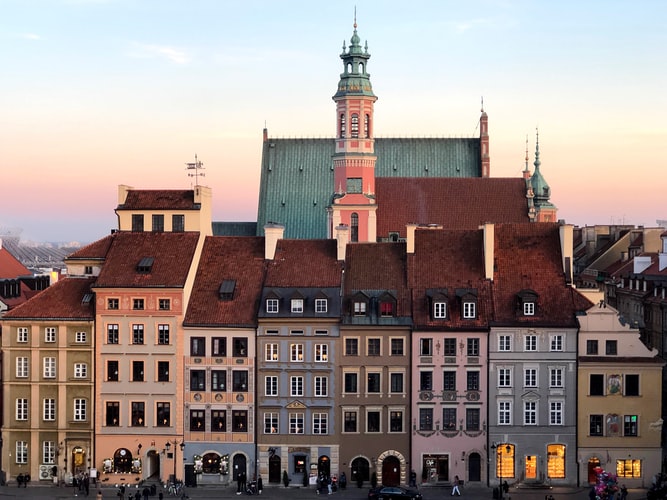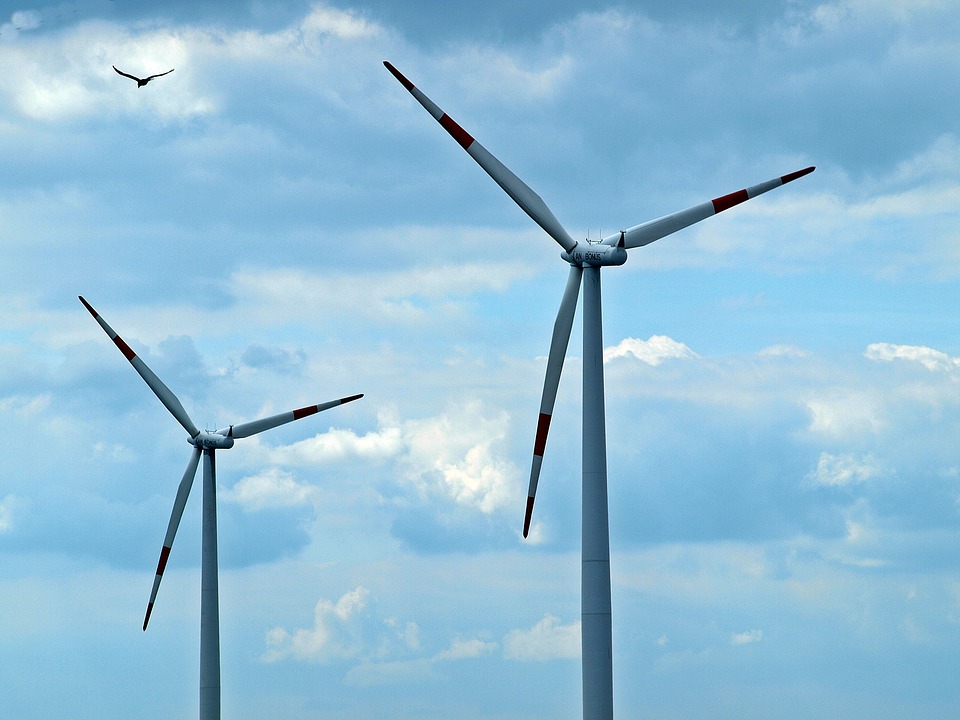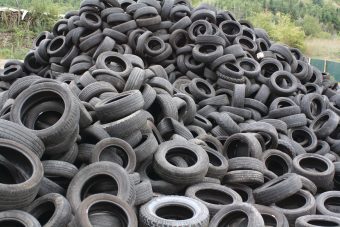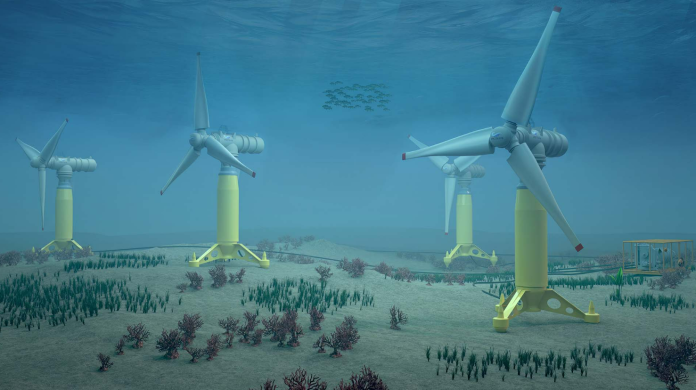In order to provide additional flexibility to manufacturers of passenger cars and light commercial vehicles in meeting emission reduction targets, the European Commission has proposed an amendment to the Regulation that sets CO2 emission standards for these vehicles. This proposal was published as part of the Action Plan for the European Union’s Automotive Industry, adopted on March 5, 2025. As stated, the proposal followed the Strategic Dialogue on the Future of the Automotive Industry, launched by European Commission President Ursula von der Leyen on January 30 this year.
The proposed changes modify the way manufacturers’ performance is assessed. The proposed flexibility allows vehicle manufacturers to evaluate compliance with CO2 emission targets for 2025, 2026, and 2027 based on average emissions over a three-year period, instead of assessing compliance annually. This way, manufacturers can offset higher emissions in one year by reducing them in others.
The Commission is calling on lawmakers to reach an agreement on this amendment without delay in order to ensure predictability and certainty for car manufacturers and investors.
More:
- Electric Cars to Save the EU 20 Million Tons of CO2 – Air and Maritime Transport Remain a Challenge
- Zero-Emission Trucks Still Face Unequal Conditions Compared to Diesel Trucks – How to Level the Playing Field
- Why Are Sustainable Fuels Not Enough to Reduce Emissions in the Aviation Industry?
The document emphasizes that this step is a response to concerns raised by the automotive industry in the European Union, which is facing significant challenges in the transition toward zero-emission vehicles. Specifically, the regulations set ambitious emission reduction targets, as the European Union aims to achieve climate neutrality by 2050 and reduce greenhouse gas emissions by 55 percent by 2030 compared to 1990 levels.
The proposed flexibility has raised concerns among certain experts, who believe it may slow down progress toward the targets. However, the European Commission stresses that the targets themselves remain unchanged—only the method for monitoring progress is being adjusted. By maintaining the level of ambition in emission reductions, the Commission is providing manufacturers with additional time and space to adapt to the new rules while also ensuring stability and predictability for investors. Through the introduction of a three-year compliance period, the industry is given a chance to avoid penalties for short-term deviations from targets while still meeting the long-term goals of the EU’s climate strategy.
Katarina Vuinac


